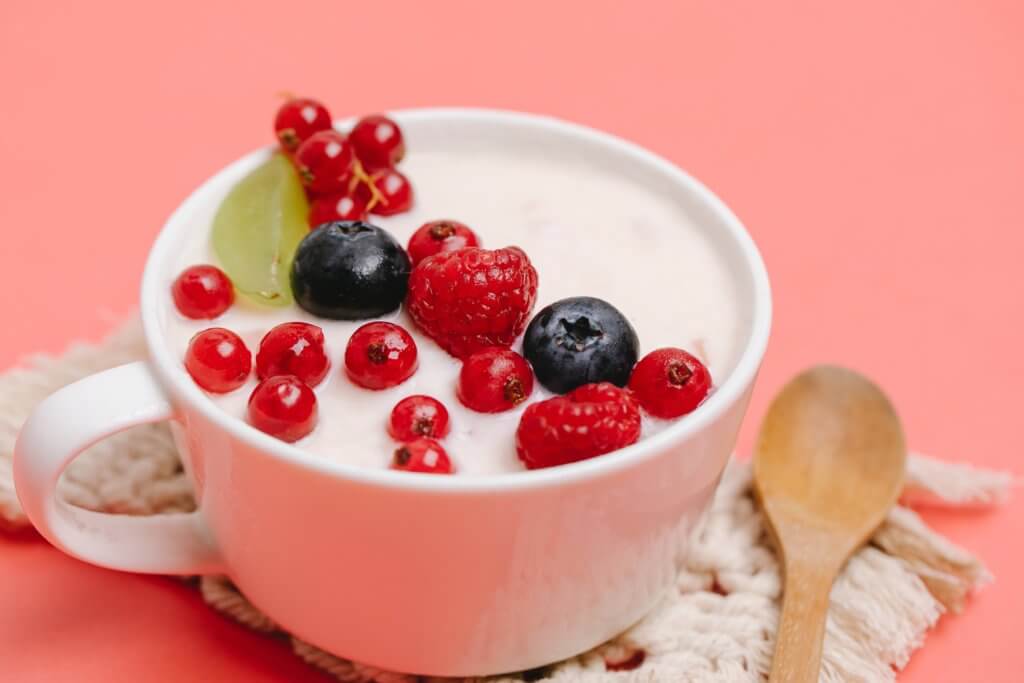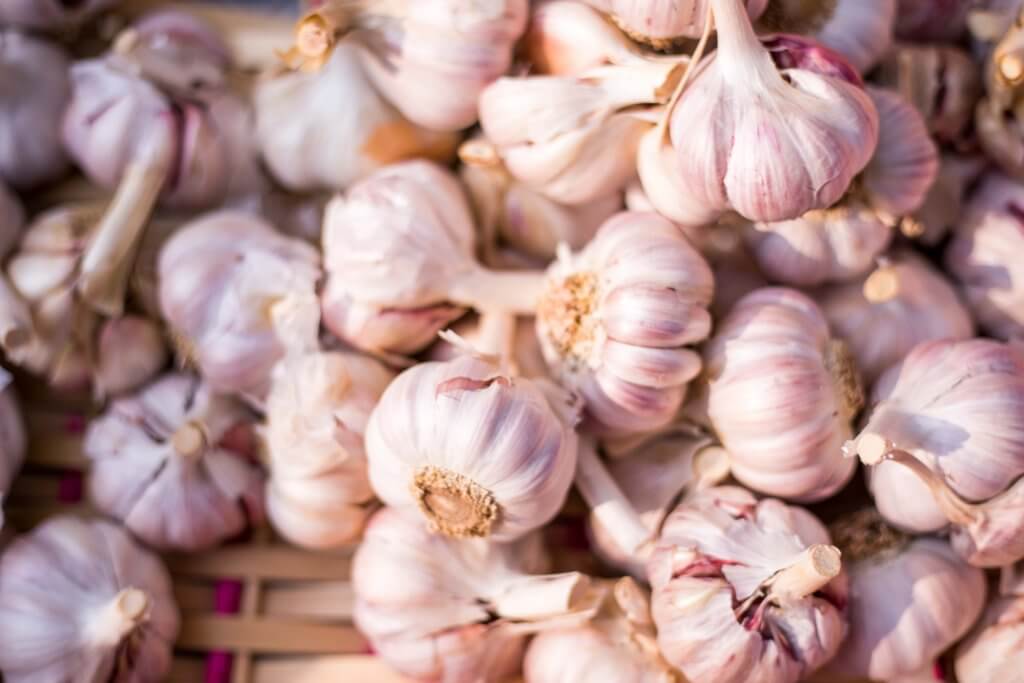COLUMBUS, Ohio — Garlic may repulse vampires, but you don’t have to be a creature of the night to find its pungent aroma totally gross. People usually use breath mints and gum to combat garlic breath, but researchers from The Ohio State University say there’s another way you can fight against bad breath — eat more yogurt!
Researchers found that whole milk plain yogurt is capable of stopping close to all of the volatile compounds responsible for garlic’s pungent scent from escaping into the air. Overall, the team at OSU says yogurt appears to have a strong deodorizing effect on garlic smells.
While this study was conducted in a lab setting, follow-up human breath tests are already in the planning stages. Study authors analyzed the garlic deodorizing abilities of yogurt and its individual components (water, fat, protein) to see how each “stood up to the stink” of garlic. Both fat and protein proved quite capable of trapping garlic odors, prompting researchers to conclude that manufacturers could create high-protein foods specifically to prevent garlic breath.
“High protein is a very hot thing right now – generally, people want to eat more protein,” says senior study author Sheryl Barringer, professor of food science and technology at Ohio State, in a university release.
“An unintended side benefit may be a high-protein formulation that could be advertised as a breath deodorizer in addition to its nutritional claims,” Barringer continues. “I was more excited about the protein’s effectiveness because consumer advice to eat a high-fat food is not going to go over well.”
Prof. Barringer has a history of identifying foods that can combat garlic breath (apples, mint, lettuce, and milk) thanks to their enzymes and fat that work, respectively, to eliminate the sulfur-based compounds known to cause garlic’s persistent smell. After hearing of speculation that yogurt might have a deodorizing effect, Barringer and first author Manpreet Kaur, a PhD student in her lab, decided to investigate.

During each experiment, the research team placed equal portions of raw garlic in glass bottles and then confirmed that the cluster of offending sulfur-based volatiles would be released in concentrations detectable to the human nose. Mass spectrometry helped researchers gauge levels of the volatile molecules in gaseous form present, both before and after each treatment.
Ensuing results indicated yogurt alone reduced 99 percent of the major odor-producing raw garlic volatiles! Meanwhile, when its ingredients were introduced separately, the fat, water, and protein components of yogurt also had a deodorizing effect on raw garlic. However, fat and protein performed better than water. Looking at fat’s performance specifically, a higher quantity of butter fat was more effective at deodorization.
Studied proteins included various forms of whey, casein, and milk proteins, all of which proved effective at deodorizing garlic. Researchers say this is likely thanks to their capacity to trap the volatile molecules before they are even emitted into the air. A casein micelle-whey protein complex was the best performer.
“We know proteins bind flavor – a lot of times that’s considered a negative, especially if a food with high protein has less flavor. In this case, it could be a positive,” Prof. Barringer adds.
Further experiments that involved changing the pH of the yogurt to make it less acidic (4.4 pH to 7 pH) actually appeared to lower the yogurt’s deodorization effect on the garlic. Changing the pH of water, on the other hand, did not seem to make any difference on the water’s deodorization effect.
“That’s telling me it goes back to those proteins, because as you change pH you change the configuration of proteins and their ability to bind. That said we definitely should be looking at these proteins,” Prof. Barringer explains. “It probably depends on the protein, as well, because different proteins react differently to pH. So that may be an important thing as we look at other proteins for their garlic deodorization effect.”

Prof. Barringer and Kaur also tested the deodorizing effect of yogurt and its separate components on fried garlic. Along the way, they ended up discovering that simply frying garlic is enough to significantly reduce most of its odor-causing volatile compounds. Consequently, yogurt and its individual ingredients neutralized a lower percentage of volatile compounds in fried garlic in comparison to raw garlic – likely due to there being fewer volatiles to trap in fried garlic than in the raw cloves, the researchers theorize.
In conclusion, study authors say this work serves as a strong foundation for future studies that will analyze a variety of proteins potentially capable of being formulated into the perfect garlic-breath-reducing product. The team adds further work is also necessary to confirm yogurt’s ability to curb actual garlic breath in people.
How can all of this help you and your breath today? Prof. Barringer hypothesizes that Greek yogurt, thanks to its higher protein profile than the whole milk plain yogurt used in this study, may be especially useful at getting rid of garlic breath. Fruit-flavored yogurts probably work well, too, she notes, adding that whatever yogurt is chosen must be eaten quickly following the ingestion of raw garlic.
“With apples, we have always said to eat them immediately,” Barringer concludes. “The same with yogurt is presumed to be the case – have your garlic and eat the yogurt right away.”
The study is published in the journal Molecules.

